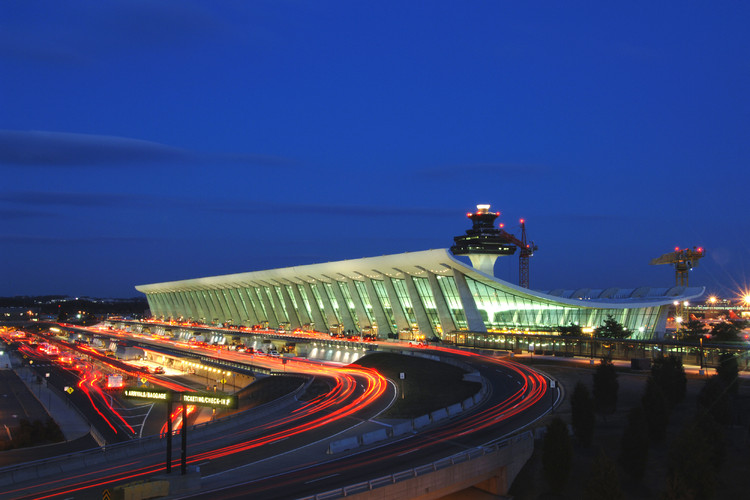
-
Architects: Eero Saarinen
- Year: 1962
-
Photographs:MWAA, Flickr: username-Laughing Squid, Flickr: username-askpang
-
Manufacturers: Security Metal Products Corp
Text description provided by the architects. Known for his innovative, sculptural forms used throughout both architecture and furniture designs, Eero Saarinen includes these same curving and organic forms in the TWA Terminal as well as in the Dulles International Airport on the outskirts of Washington D.C.





































